
Recommendation
Marketing expert Phil Barden explains how to incorporate new discoveries from the field of decision economics into your marketing strategy. Until now, marketers focused on “changing minds to change behavior.” Advances in neuroscience, behavioral economics and cognitive development all contribute to a new understanding of and fresh insight into how people make decisions. For example, a retailer who wants to sell more batteries displays them next to the cash register. By the end of the day, he sells out. The brand and the packaging never changed and neither did the quality of the product. What changed was the “decision interface.” This is a simple yet straightforward example of decision-based marketing. Apply these findings to update old, ineffectual marketing methods. The subject matter is complex, but Barden’s methodical approach and end-of-chapter bullet points go a long way toward explaining it. getAbstract considers this essential reading for marketing and branding professionals who want to stay current.
Summary
About the Author
Phil Barden, former vice president of Brand Development for T-Mobile, is the managing director of Decode Marketing in the United Kingdom.








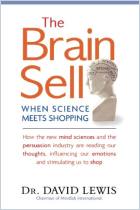
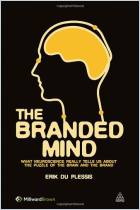
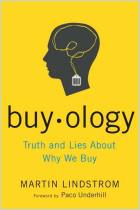
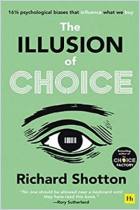
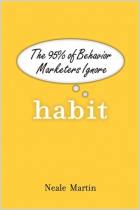
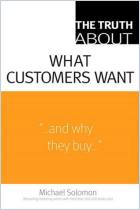



Comment on this summary